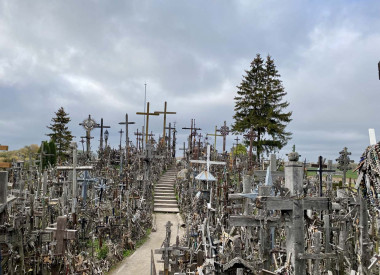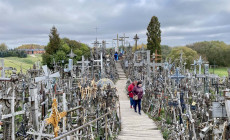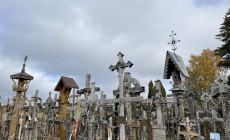-
Latin America
Latin America
- Countries (hidden space)
- Galapagos & Ecuador
- Guatemala
- Mexico
- Panama
- Peru
- Popular Attractions
- Machu Picchu
- Inca Trail
- Easter Island
- Galapagos Islands
- Patagonia
- Rio de Janeiro
- Iguazu Falls
-
Africa
Africa
- Spacer Africa
- South Africa
- Zimbabwe
- Popular Attractions
- Cape Town
- Okavango Delta
- Sossusvlei Dunes
- Victoria Falls
- The Kruger
- The Garden Route
- Masai Mara
-
Asia & Middle East
Asia & Middle East
- Asia
- Borneo (Malaysia)
- Cambodia
- India
- Japan
- Middle East
- Jordan
- Spacer Asia
- Laos
- Sri Lanka
- Uzbekistan
- Vietnam
- Popular Attractions
- Taj Mahal
- Lion Rock (Sigiriya)
- Angkor Wat
- Ha Long Bay
- Kyoto
- Petra
-
Destinations
- Latin America
- Argentina
- Bolivia
- Brazil
- Chile
- Colombia
- Costa Rica
- Galapagos & Ecuador
- Guatemala
- Mexico
- Panama
- Peru
- Asia
- Borneo (Malaysia)
- Cambodia
- India
- Japan
- Laos
- Sri Lanka
- Uzbekistan
- Vietnam
- Middle East
- Jordan
- Southern & East Africa
- Botswana
- Kenya
- Namibia
- South Africa
- Zimbabwe
- Contact Us
-
About
About
Llama Travel provides high quality holidays at the lowest possible prices.
99% recommend us Lower prices - guaranteed Financially protected by ATOL
The Hill of Crosses (Kryžių Kalnas) near Šiauliai in northern Lithuania is a pilgrimage site shrouded in mystery. Standing upon a small sacred hill are more than 100,000 crucifixes that serve as both a remembrance of the dead and a memorial of Lithuania’s dark history. People started leaving crosses on the hill in the mid-1800s and it narrowly survived austere Soviet times until today, where is it is on the UNESCO Intangible Cultural Heritage list.
The exact origins of the site remain a mystery, with legends and myths colouring its history. The first written mention dates back to 1850, but some believe the crosses appeared earlier as remembrance for victims of revolts against the Russian regime in 1831. The tsar suppressed national identity by limiting religious expression, meaning families were not allowed to honour the dead by burying their loved ones in cemeteries. With no bodies to bury, they erected crosses and crucifixes on the hill.
During Soviet occupation, religion was forbidden and the Hill of Crosses was off limits. In April 1961, the entire site was bulldozed and burned down by the authorities. Even though the Hill of Crosses was destroyed at least three more times, Lithuanians continued to sneak to the hill and plant more crosses, despite the political danger.
Since gaining independence in 1991, religion in Lithuania is practiced freely and openly. In 1993, Pope John Paul II visited the Hill of Crosses and later sent a crucifix to Lithuania which was placed on the hill. As a result, the site became a major site of Catholic pilgrimage in Lithuania.




